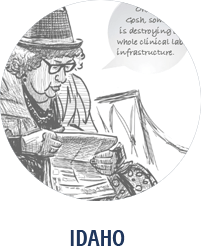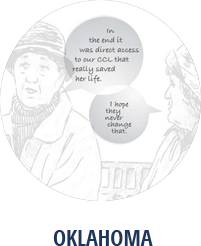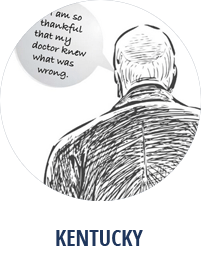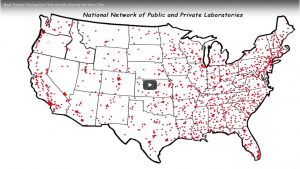Also known as Comprehensive Metabolic panel
Diagnostic/Treatment Benefits: The CMP provides preventative screening information about the current status of a patient’s metabolism and importantly the overall health and function of the kidneys and liver. It is also used to check organ function for patients with diabetes, liver or kidney disease, including kidney failure. The side effects of medications on major organs can also be detected through a CMP.
Who Typically Orders this Test: Internal Medicine, Family Medicine, Oncology, Nephrology and Endocrinology Primary care providers use the information provided by CMP as a routine panel during the preventive annual physical for a patient to determine the current overall health position of their patient. Also, primary care physicians commonly use CMP when trying to diagnose an acute medical concern.
Sometimes, several sets of CMPs, often performed on different days, may be used to gain insights into the underlying condition and if that condition is responding to a particular treatment. In addition, a Nephrologist will use a CMP to monitor kidney function in a patient. Endocrinologists will use the CMP to monitor organ function while treating a diabetic patient.
To see how this test will be impacted by the 2018 Clinical Laboratory Fee Schedule Cuts click here.
To learn more about the benefits of this test visit:























